What is World Bee Day All About?
World Bee Day was created in 2018 in celebration of these insects. The decision to declare an international holiday dedicated to the pollinators of the World took place at the United Nations (UN) general assembly in New York last December. Slovenia, a member country from Europe, proposed the holiday and was supported by all other EU member states.
When is World Bee Day This Year?
World Bee Day is globally observed on the 20th of May 2023.

All the co-sponsors of this day, including the European Union, the United States, Russia, and China, agreed to observe World Bee Day through educational activities in order to raise awareness about the importance of bees and other pollinators on Earth, about the grave dangers they face, and why is so important to have them.
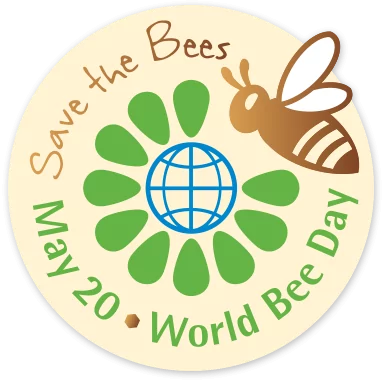
Let’s Learn Something More About the Bees
Bees are flying insects that are related to wasps and ants. The role of the bee in the world is one of the most important – pollination. The European honey bee besides pollination also produces honey and beeswax.
We know about around 20 000 species of bees divided into seven families:
- Adrenidae
- Apidae
- Colletidae
- Halictidae
- Megachilidae
- Melittidae
- Stenotritidae
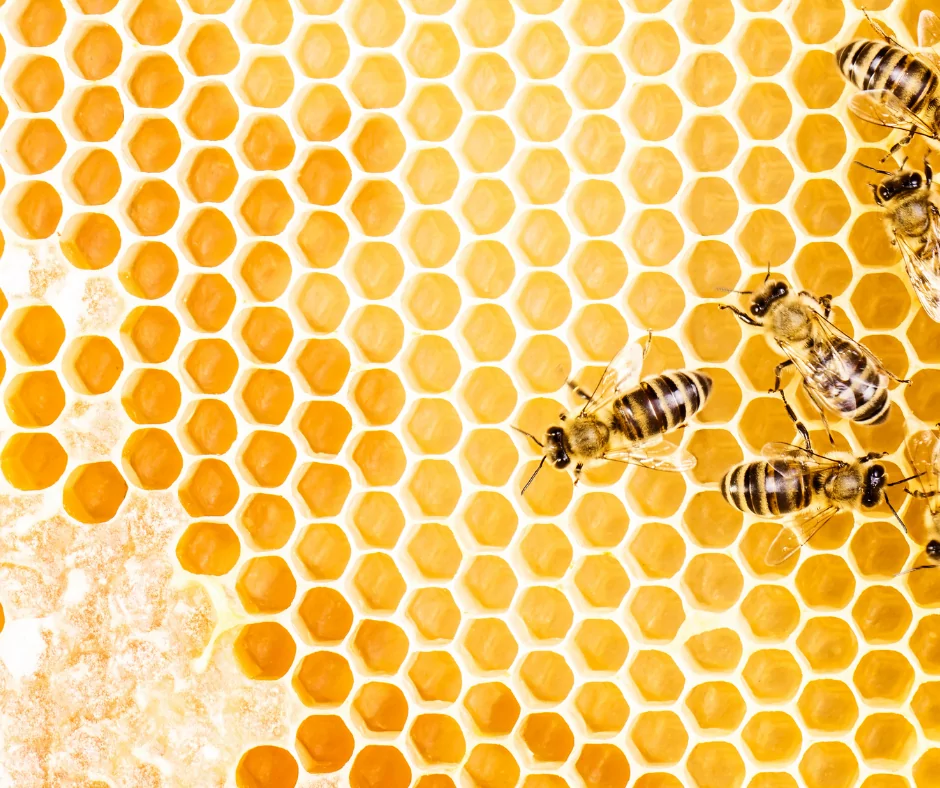
Bees are social insects but not all of them live in colonies. Some species of bees may be solitary, while others live in different types of communities. “Eusociality” is a type of living arrangement that is described as cooperative brood care, a division of labor to non-reproductive and reproductive members.
This division of labor is of great importance in the bee colonies because it creates special groups of members of the colony called casts. The group of bees will be considered eusocial if the colony consists of the Queen (the mother of all bees) and the daughters (workers). Of course, there are male bees for the simple need of keeping the Queen happy and mating.
The solitary species of bees are named such because there, every female is fertile and will typically construct her own nest. With these species, there is no division of labor and no production of honey or beeswax.
The Life Cycle of a Bee
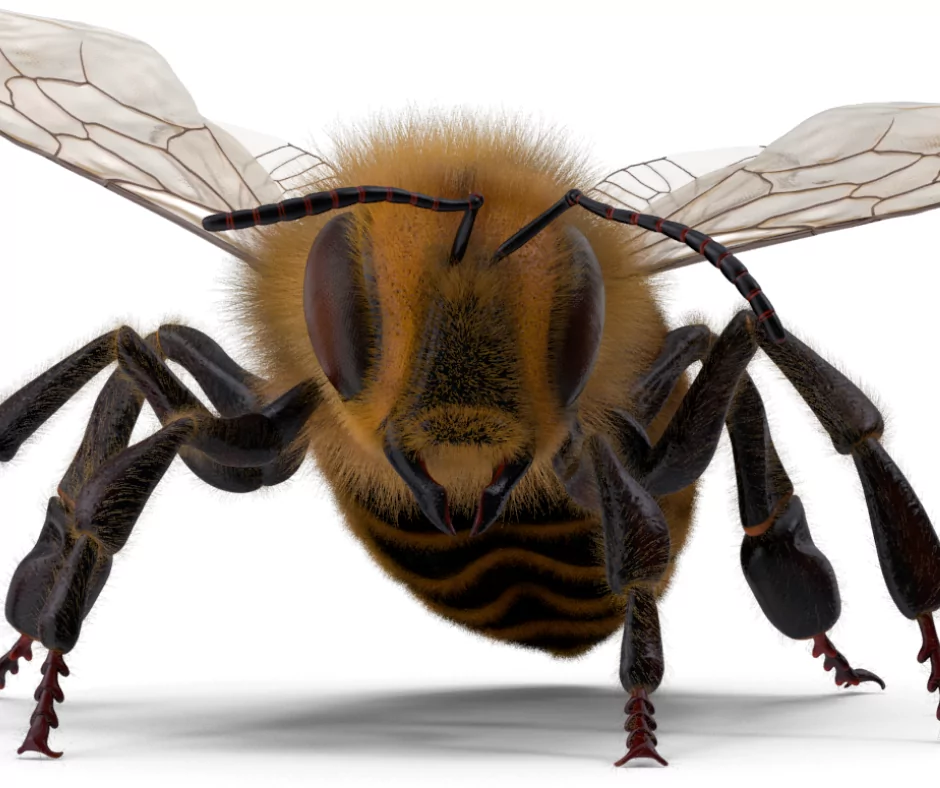
No matter if a social or a solitary bee, the life cycle starts with an egg. That egg undergoes several molts of legless larvae, then pupation, or metamorphosis. After the metamorphosis, a winged adult emerges.
The sex of the bee will be determined whether the egg is fertilized or not. The female bee stores the sperm and decides which sex is needed at the time of laying eggs. The fertilized eggs will produce female bees and the unfertilized eggs will become males. That means that female bees have genes from both parents and males just from the mother.
Communication
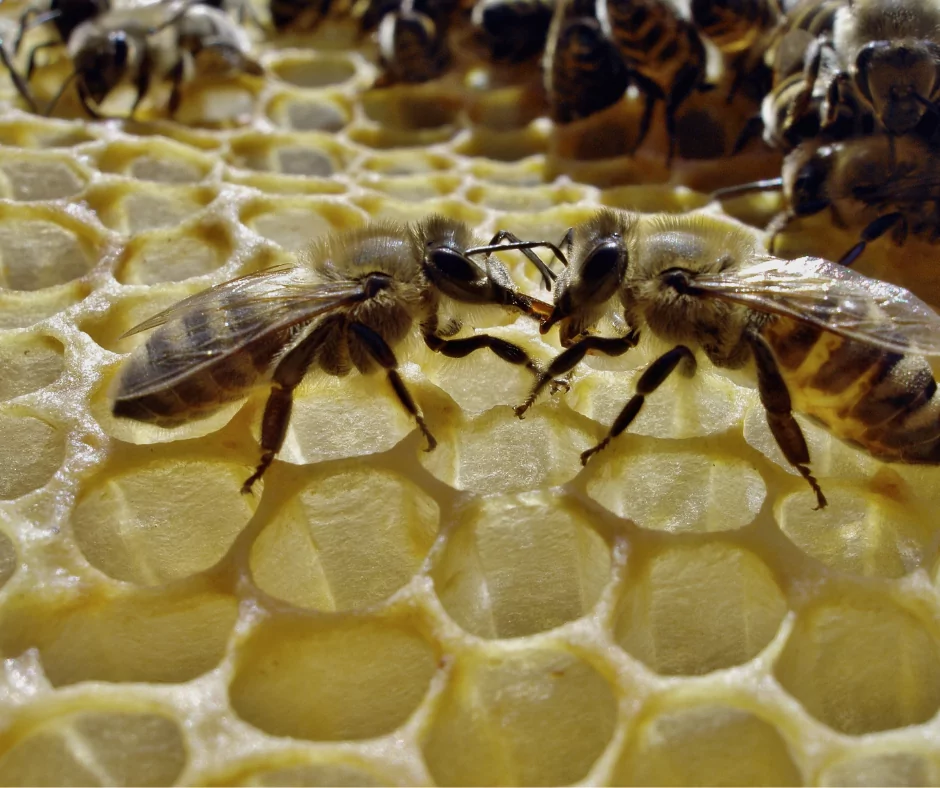
Bees communicate through “dance”. The Ethologist Karl von Frisch explained that, for example, honey bees, will waggle their butts in the direction of a food source, or a suitable nesting spot. The bees navigate in three ways:
- The Earth’s magnetic field
- The sun
- The polarization patterns of a blue sky
They tend to prefer the Sun navigation and use the other two ways on a cloudy day.
Bees have predators too. They come in the forms of predator birds, classified as bee-eaters, and predator insects such as beewolves and dragonflies.
Interesting Facts About Honey Bees
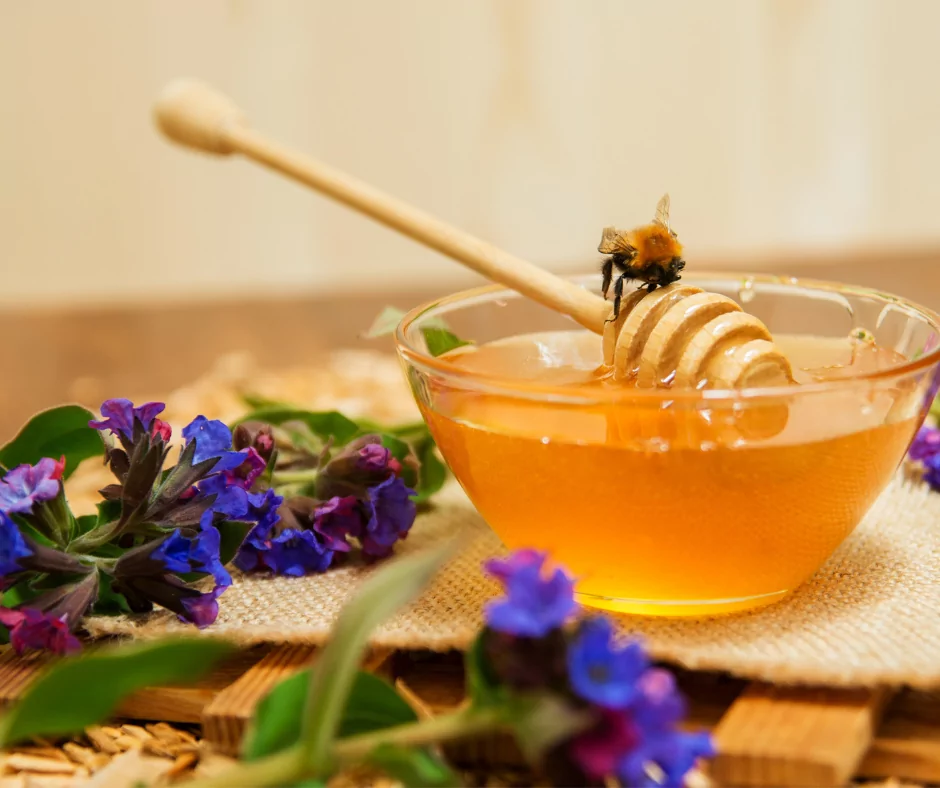
- Bees are the only insects that produce food that is eaten by humans.
- Honey is the only “ready food” that contains everything necessary for life: enzymes, minerals, vitamins, water, and an antioxidant called pinocembrin that is believed to improve brain function.
- Honey bees have six legs, two eyes that are made of thousands of lenses + three eyes on the top of the head, two pairs of wings, and a nectar pouch. If you want to know more, read our article on the anatomy of a bee.
- The wings of a honey bee stroke 200 times in a second. It can fly 15 miles per hour for six miles.
- A honey bee colony can consist of 20-60 000 bees and one Queen. The regular worker bee lives for 6 weeks, while the Queen can live up to 5 years. All the worker bees are female and daughters of the Queen. In the summer, the Queen lays around 2500 eggs a day.
How to Celebrate World Bee Day
- Learn more about bees and their important role on this planet
- Watch a documentary about bees with your family and friends.
- If you are part of the educational system, make this day special for your students and visit a bee-keeping farm to learn about beekeeping for beginners or an apiary and teach them about the importance of bees.
- Visit a “Bee event” near you.
- Use the hashtags #WorldBeeDay and #ILoveVeterinary to be part of the celebration all over the world.
Happy World Bee Day!
If you would like to read up on more animal observances in the month of May, why not read our article on National Pet Month.
